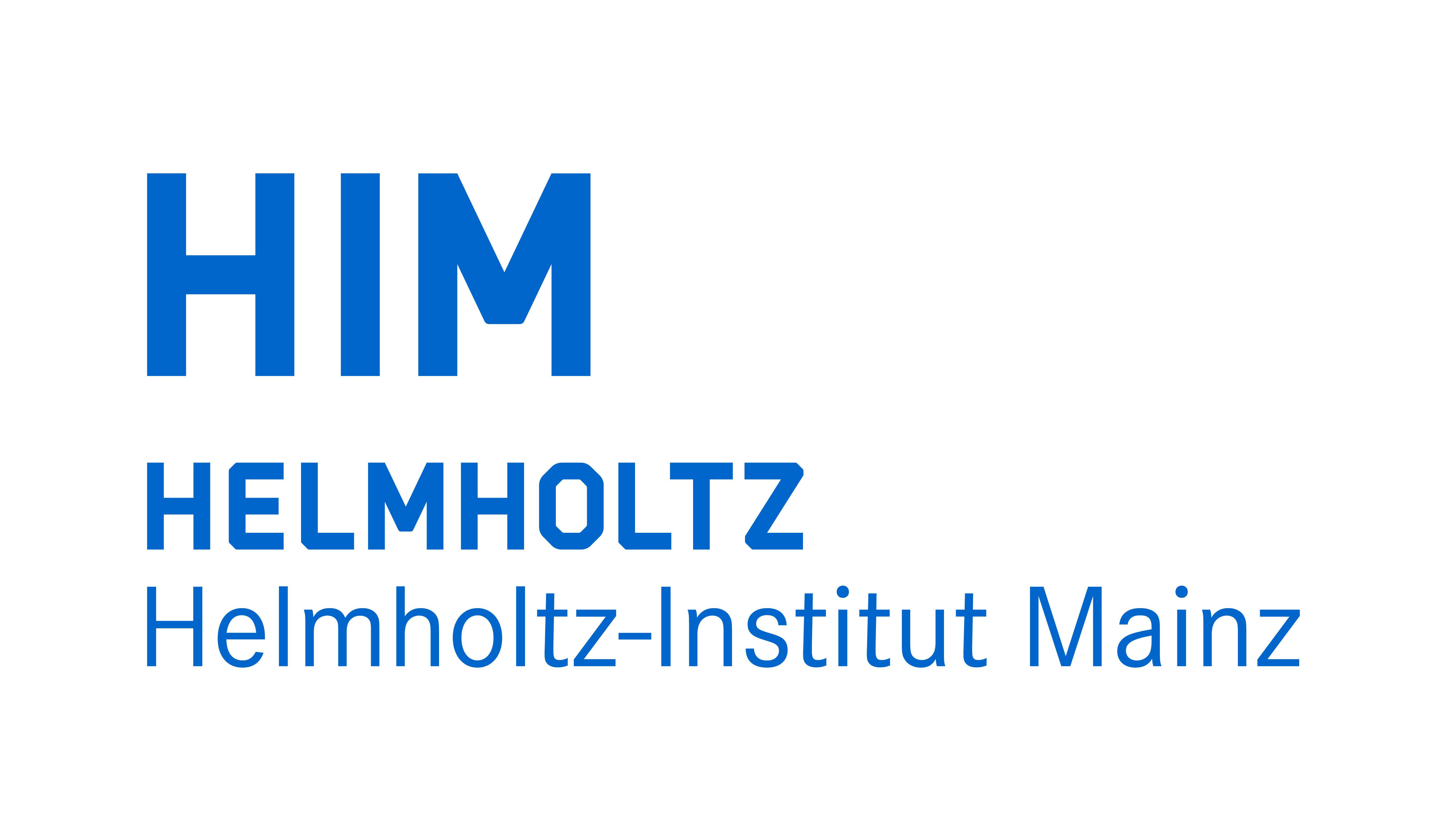


Physikalisches Kolloquium
April 13, 2021 at
4:15 p.m.
only via
Recording of the presentation
Prof. Dr. Alfons Weber
Institut für Physik
a.weber@uni-mainz.de
Prof. Dr. Hartmut Wittig
Institut für Kernphysik
hartmut.wittig@uni-mainz.de
First results from the Muon g-2 experiment at Fermilab
Hartmut Wittig und Martin Fertl (University of Mainz)
The long-persisting discrepancy between the Standard Model prediction of the anomalous magnetic moment of the muon (aµ) and its latest measurement provides an intriguing hint to new physics. Since 2017, the Muon g − 2 Theory Initiative has assessed the theoretical
prediction for aµ, focusing on the contributions from the strong interaction, which account for the dominant part of the uncertainty. The latest estimate for the Standard Model prediction, which was published in a recent White Paper, has failed to resolve the discrepancy with the experimental measurement at Brookhaven National Laboratory, which stands at 3.7 standard deviations. At Fermi National Accelerator Laboratory, USA,
the Muon g-2 collaboration is performing a new measurement of aµ aiming at an ultimately fourfold smaller uncertainty than achieved with the predecessor experiment. To extract the value of aµ a clock comparison experiment is performed with spin-polarized muons confined
in a superbly controlled electric and magnetic field environment. The deviation of the Larmor from the cyclotron frequency, the anomalous spin precession frequency, is determined while a high-precision measurement of the magnetic field environment is performed using nuclear magnetic resonance techniques. We will provide an introduction to the current theory prediction before we will present and discuss the first results of the FNAL
experiment from its 2018 science run.